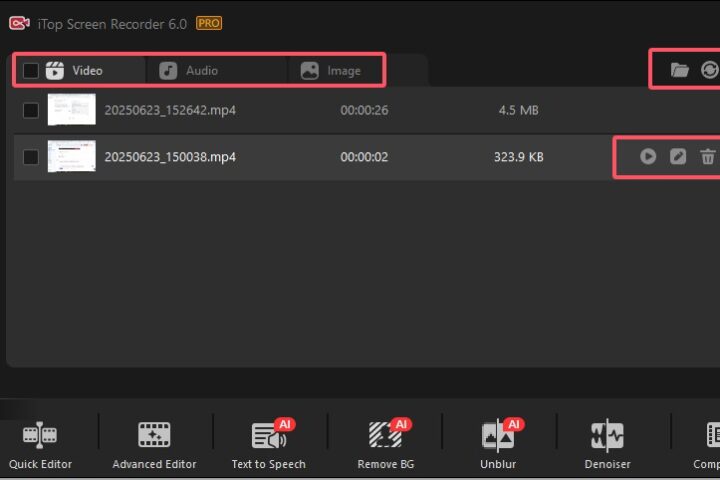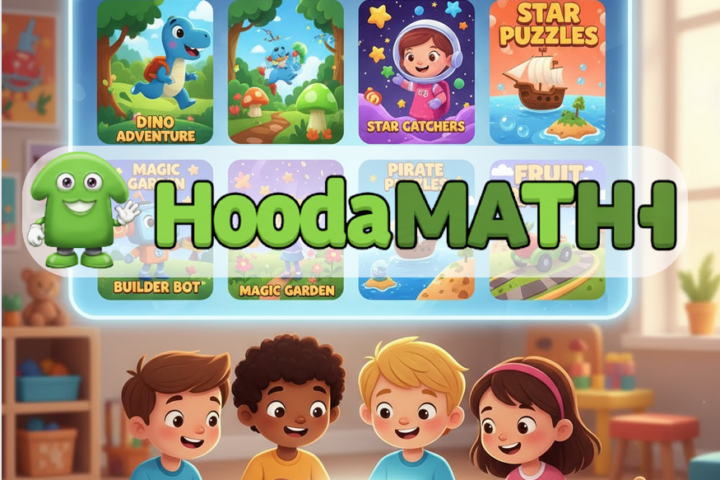
In an era where video consumption dominates internet traffic, choosing the right streaming protocol is critical for developers, broadcasters, and content delivery networks. Two leading adaptive bitrate streaming protocols are HLS (HTTP Live Streaming) and DASH (Dynamic Adaptive Streaming over HTTP). Both offer powerful capabilities, but each comes with its own technical nuances, advantages, and limitations.
In this article, we’ll compare HLS vs DASH, exploring what they are, how they work, and when you should use one over the other. If you’ve ever wondered “what is HLS?” or been confused about the DASH vs HLS debate, this guide will help you make an informed decision.
I. What Are HLS and DASH?
1. What is HLS?
HLS, or HTTP Live Streaming, is a media streaming protocol developed by Apple. It breaks down video content into small chunks (usually 6 seconds long) and delivers them over HTTP. These chunks adapt dynamically to the viewer’s internet speed, ensuring smooth playback even under fluctuating network conditions.
What does HLS mean practically? It means the video quality will scale up or down in real-time based on user bandwidth, without manual intervention. HLS has become the default choice for Apple devices and is widely supported across platforms.
2. What is MPEG-DASH (or just DASH)?
MPEG-DASH (Dynamic Adaptive Streaming over HTTP) is an open-standard adaptive bitrate streaming protocol developed by the Moving Picture Experts Group (MPEG). Like HLS, it splits content into segments and allows the video to adapt to real-time bandwidth changes.
Unlike HLS, however, DASH is not owned by a single company and supports more advanced features in some scenarios. It’s widely used for live streaming, OTT content delivery, and large-scale video platforms.
👉 Learn more about MPEG-DASH
II. HLS vs DASH: Technical Comparison
1. Device & Browser Support
- HLS: Native support on iOS, macOS, Safari, Apple TV, and widely supported in other browsers via JavaScript players like Video.js or hls.js.
- DASH: Natively supported in Android, Chrome, Firefox, and Edge, but not in Safari (without JavaScript-based playback).
➡️ Verdict: HLS wins for Apple environments; DASH excels in Android and desktop ecosystems.
2. ⚡ Latency and Real-Time Streaming Considerations
- HLS traditionally suffers from higher latency (~18–30 seconds) due to longer segment durations.
- Low-Latency HLS (LL-HLS) has improved latency (2–6 seconds), but adoption is still evolving.
- DASH offers better latency performance and supports Low-Latency DASH (LL-DASH), making it better suited for real-time applications like sports and auctions.
➡️ Verdict: For ultra-low latency, DASH has the edge, but LL-HLS is catching up.
3. Codec Flexibility & Efficiency
- HLS supports H.264, HEVC (H.265), and now AV1, but codec availability depends on device support.
- DASH is codec-agnostic, supporting a wider range of codecs, including VP9, AV1, and H.266 (VVC), depending on player support.
➡️ Verdict: DASH offers more codec flexibility, especially useful for high-efficiency streaming and future formats.
4. DRM, Encryption & Security
- Both HLS and DASH support AES encryption, token authentication, and DRM (Digital Rights Management).
- HLS uses Apple’s FairPlay DRM.
- DASH supports Widevine, PlayReady, and FairPlay (via CMAF).
➡️ Verdict: DASH is more flexible with multi-DRM support, especially for cross-platform content.
5. Ad Insertion, Trick Play & Other Features
- HLS offers strong support for server-side ad insertion (SSAI), especially when using Apple’s ecosystem.
- DASH supports SCTE-35 markers for ad insertion and offers detailed metadata options for trick play (e.g., fast-forward thumbnails).
➡️ Verdict: DASH is slightly ahead for advanced features, though HLS works seamlessly in Apple-focused workflows.
6. 🔧 Complexity and Ecosystem Maturity
- HLS benefits from Apple’s extensive documentation and a mature toolset.
- DASH is more complex to implement but offers richer options, especially for enterprise-scale projects.
➡️ Verdict: HLS is simpler, DASH is more powerful but requires more effort to implement.
III. Use Cases and Decision Factors
✅ When HLS is a Better Choice
- You’re targeting Apple devices (iPhones, iPads, Safari, Apple TV).
- You want quick setup and simple implementation.
- Your content doesn’t require ultra-low latency.
- You’re using Apple’s FairPlay DRM.
✅ When DASH is a Better Fit
- You’re building a cross-platform solution.
- You require low-latency live streaming.
- You need multi-DRM support.
- Your workflow involves advanced ad insertion or complex metadata handling.
How to Choose: HLS or DASH?
Choosing between HLS vs DASH depends on your audience, devices, content type, and streaming requirements. Here are a few quick tips:
| Scenario | Best Protocol |
| iOS ecosystem | HLS |
| Android & desktop | DASH |
| Low-latency live video | DASH |
| Simple OTT app | HLS |
| Cross-DRM support needed | DASH |
| Ad-heavy content | DASH (or both via CMAF) |
For most projects today, a CMAF-based hybrid approach that supports both HLS and DASH is ideal — it lets you serve content across all platforms using a unified format.
Bonus Tip: Downloading DASH Content
If you’re working with MPEG-DASH files (often in .mpd format), tools like Moyea MPD Downloader can help you download MPD video for offline analysis or backup purposes.
While most commercial content is DRM-protected (and cannot legally be downloaded), open-source and educational content often uses unencrypted streams.
Conclusion
In the world of adaptive streaming, both HLS and DASH are powerful tools. Each has its strengths, and the right choice depends on your specific needs — be it device compatibility, latency, DRM, or codec flexibility.
To recap:
- Use HLS for simplicity, Apple-first audiences, or general VOD.
- Use DASH for cross-platform streaming, low-latency live events, or more advanced DRM scenarios.
Understanding the difference between HLS vs DASH empowers you to build more robust, scalable, and user-friendly video experiences — whether you’re streaming live sports, on-demand series, or global broadcasts.











